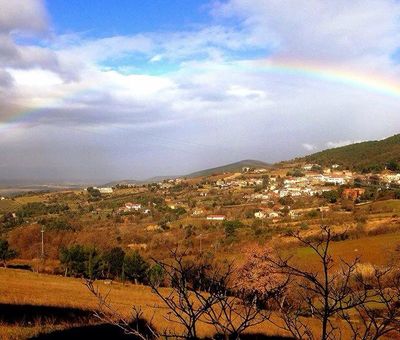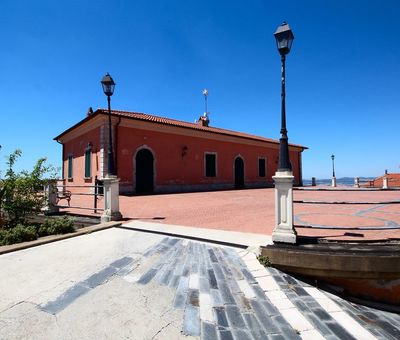Favoured first by the Etruscans, then the Romans
Probably originating with the Etruscans, who chose it for its strategic position, Castellina Marittima is known as the alabaster city. A rich Mediterranean shrub surrounds the town, which, nestled on the slopes, offers a view over the islands of the Tuscan Archipelago: Elba, Capraia, Gorgona and even Corsica. But it in the earth, specifically in its mountainside, that Castellina’s roots run deep. First the Etruscans, then the Romans made it a prime cog in their economic wheels, and it produced generations of quarrymen. Few of its quarries remain active, but the atavistic memory of this vocation survives, and the local Alabaster Museum preserves some valuable objects made from the fruits of the quarrymen’s labours.
The alabaster's beauty, thanks also to the sea
It was the Miocene Epoch, which lasted for some eighteen million years, that saw the rise of the Alps. It seems incredible that this should have anything to do with Castellina Marittima, but it does. For it was this enormous stretch of time that formed the alabaster, which comes from a particular crystallisation of chalk. The chalk reserves in question are found in the drainage basin of the Marmolaio stream, and are piled up in layers which, on top of each other, vary between four and nine metres thick. If these are geological phenomena to which the alabaster owes its formation, the exceptional quality of Castellina Marittima’s is due to the fact that these lands used to lie under the sea. The calcium sulphate in the marine waters encouraged the earth to form on a particular stratification.
A museum spread around to preserve the memory
The whole history of the alabaster, from the oldest to the most recent, and of its relationship with Castellina Marittima is kept in the Alabaster Ecomuseum. A museum diffused across the Province of Pisa but concentrated around the municipalities of Castellina Marittima, Santa Luce and Volterra. Two pathways are offered, one dedicated to the excavations and one to the working of the alabaster. The hub of the museum is in Castellina and focuses on the former theme. Following the itinerary takes you along the Marmolaio to admire the old caves known as the venelle (little veins). The museum and the routes were conceived so as to involve the local population as custodians of the collective mining memory, and therefore of both the past and the present.





